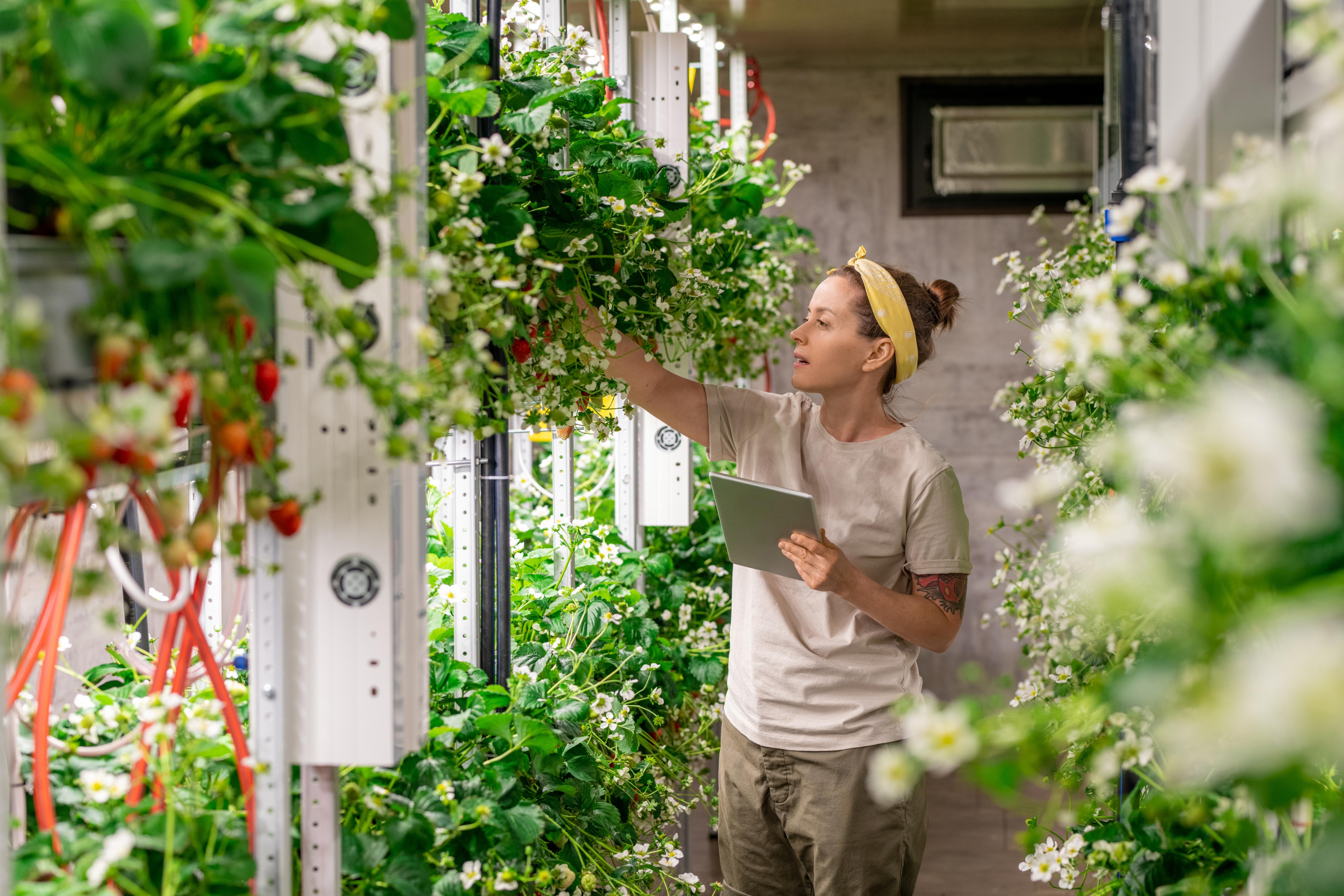Sustainable Cities: 7 Urban Innovations Shaping Our Greener Future
In the 21st century, the rapid expansion of urban environments has brought forth a pressing need for sustainable development. As cities continue to grow, they face challenges such as resource depletion, environmental degradation, and social inequality. To address these issues, urban planners and innovators are crafting a new blueprint for sustainable cities. This blueprint is not just a vision but a necessity for our future, incorporating cutting-edge technologies, green architecture, and community-driven initiatives. This article explores 7 pioneering urban innovations that are shaping the sustainable cities of tomorrow. Each innovation represents a critical piece of the puzzle, working in tandem to create urban environments that are not only livable but also resilient and inclusive.
1. Vertical Farming: Revolutionizing Urban Agriculture

Vertical farming is transforming how cities think about food production. By growing crops in vertically stacked layers, often integrated into other structures like skyscrapers or repurposed warehouses, urban areas can produce fresh food locally. This innovation reduces the need for transportation, cutting down on greenhouse gas emissions. Moreover, vertical farming uses significantly less water than traditional agriculture and can operate year-round, ensuring a consistent food supply. The technology behind vertical farming is evolving rapidly, with advances in hydroponics, aeroponics, and LED lighting making it more efficient and scalable. As cities adopt vertical farming, they not only increase their food security but also enhance urban biodiversity, creating green spaces that improve air quality and provide habitats for pollinators.
